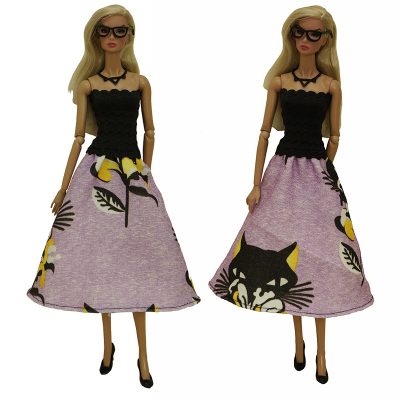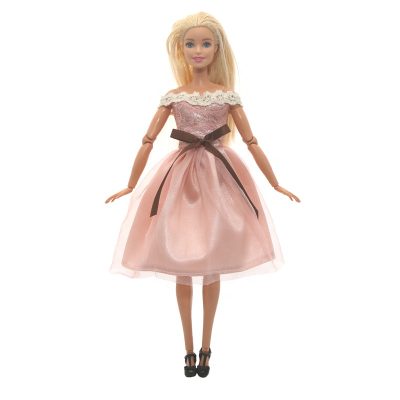1. Attachment Theory:
- Doll attachment is closely related to attachment theory, a well-established psychological theory developed by John Bowlby and Mary Ainsworth. According to this theory, children develop strong emotional bonds with caregivers (usually parents) to satisfy their need for security and comfort. In the absence of caregivers, children often transfer these attachment behaviors onto objects like dolls or stuffed animals, using them as sources of comfort and security.
2. Comfort and Security:
- Dolls often serve as transitional or comfort objects that provide children with a sense of security and emotional support. These objects can help children cope with separation from caregivers, deal with anxiety, and navigate stressful situations.
3. Imagination and Role Play:
- Dolls stimulate imaginative play, allowing children to project their emotions, thoughts, and experiences onto the doll. Through role-playing with dolls, children can explore their own feelings, desires, and anxieties in a safe and controlled context.
4. Emotional Expression:
- Dolls provide a medium through which children can express and process their emotions. Children often talk to their dolls, sharing their thoughts, worries, and joys, which can help them develop emotional intelligence and communication skills.
5. Empathy and Social Skills:
- Playing with dolls encourages children to take on nurturing roles, promoting empathy and social skills. Through caregiving scenarios, children learn to understand the needs and emotions of others, which is essential for building healthy relationships later in life.
6. Sense of Control:
- Dolls can give children a sense of control over their environment. In their imaginative play, children often dictate the doll’s actions and reactions, allowing them to explore themes of power and control in a safe and constructive manner.
7. Attachment to Specific Dolls:
- Children often form attachments to specific dolls or stuffed animals, often referred to as “lovies.” These attachments can be intense and long-lasting, with the child developing a preference for a particular doll’s company and comfort.
8. Transitional Object Theory:
- Donald Winnicott, a renowned psychoanalyst, introduced the concept of transitional objects. Dolls often serve as transitional objects that help children transition from complete dependence on their caregivers to a growing sense of independence and self-soothing.
9. Cognitive Development:
- Doll play can aid cognitive development by encouraging problem-solving, creativity, and narrative storytelling. Children use dolls to create and act out scenarios, which involves planning, sequencing, and logical thinking.
10. Cultural and Gender Influences: – Cultural and gender influences can play a significant role in doll attachment. The types of dolls children are exposed to, as well as societal expectations related to gender roles, can shape their attachment patterns and play preferences.
Overall, doll attachment is a normal and healthy aspect of child development. It provides children with opportunities for emotional expression, social learning, and imaginative exploration. For caregivers and parents, understanding the psychology of doll attachment can help them support and encourage their children’s healthy emotional development through their interactions with dolls and other comfort objects.



















